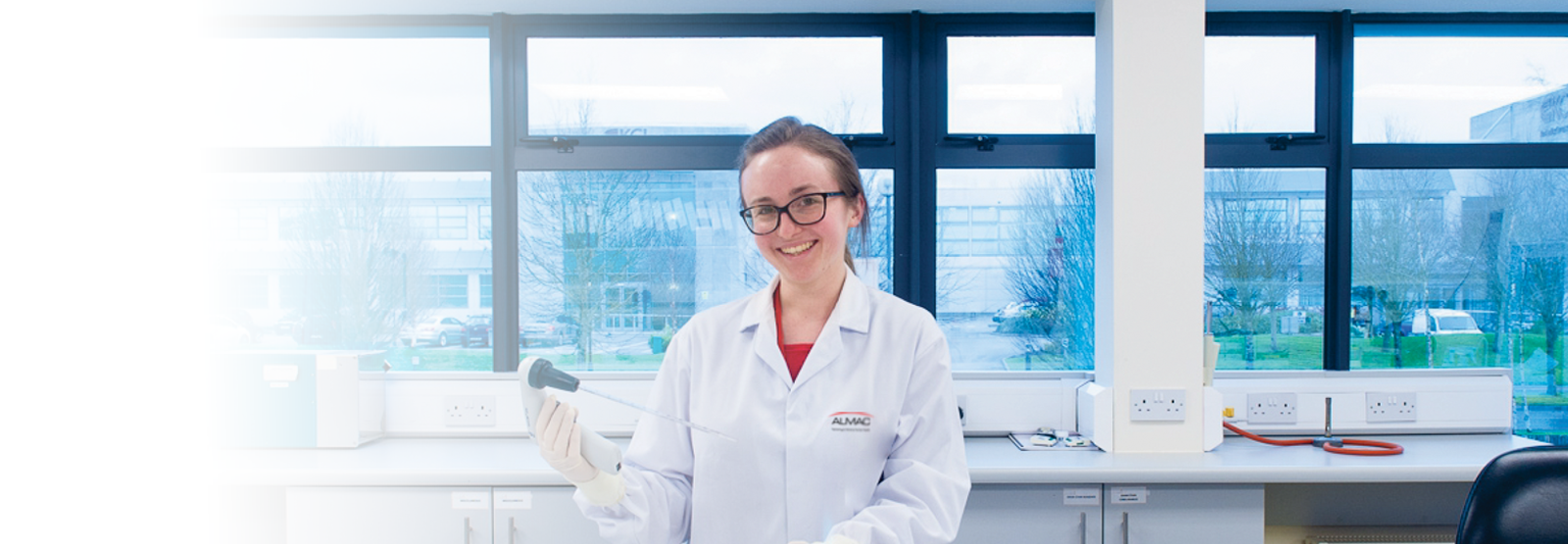Disinfectant Efficacy Testing
Disinfectants used routinely in the manufacturing industry must be verified to confirm effectiveness for facility use. They should also be a routine rotation of the detergents to prevent microbial resistance from building up and also to ensure there is a disinfectant type used to cover all organism types in the environment to aid kill
The organism types include:
- Gram positive Bacteria including spores (Sporicidal Activity)
- Gram Negative Bacteria (Bactericidal Activity)
- Gram Positive Cocci (Bactericidal Activity)
- Yeast (Fungicidal Activity)
- Mold spores (Fungicidal Activity)
Disinfectant efficacy testing consists of two test types:
- Suspension testing: To determine if the disinfectant has sufficient properties to kill the specified organism at the contact time and temperature specified in the testing standards (BS EN: 1276 (Bactericidal Activity), BS EN: 1650 (Fungicidal Activity) and BS EN: 13704 (Sporicidal Activity)) .
- Surface testing: To determine if the disinfectant has sufficient properties to kill the specified organism on a particular surface where the disinfectant may be used in the manufacturing facility i.e. stainless steel in a clean room for the specified contact time and temperature as per the standard BS EN: 13697 (Surface Testing).
Testing is also performed in the presence (dirty conditions) or absence (clean conditions) of interfering substance (skim milk powder or Bovine Albumin) to help mimic the use of the disinfectant in the manufacturing facility.


